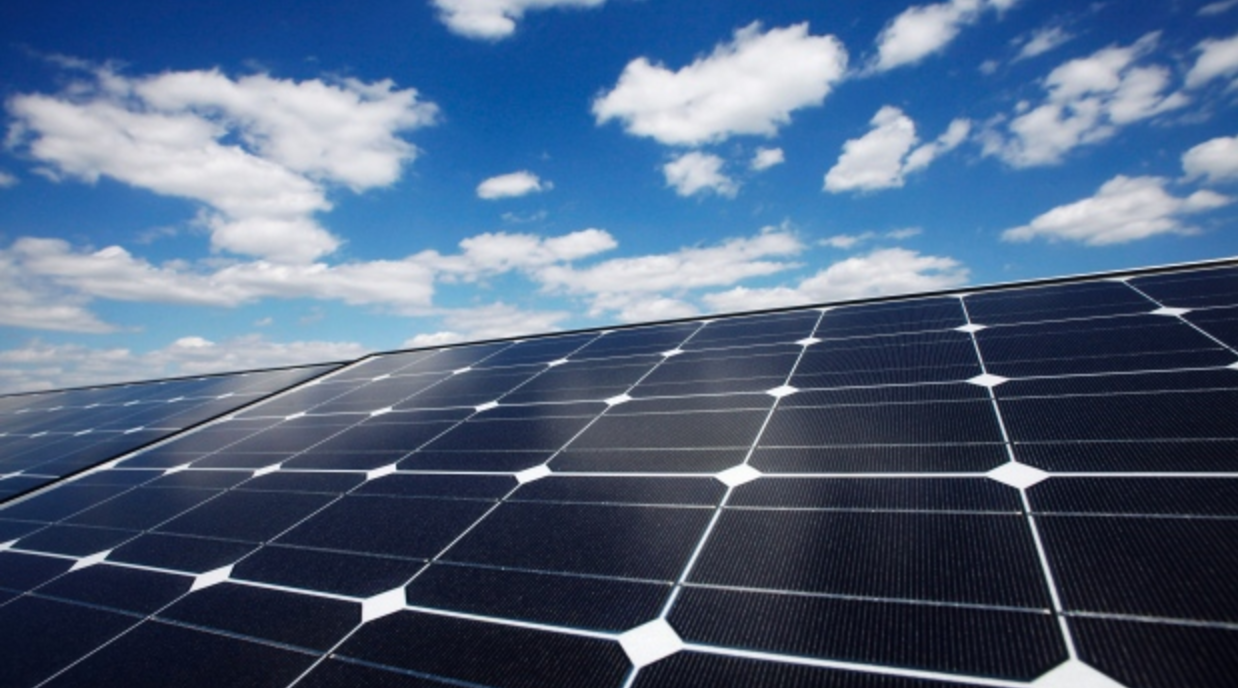
Image source: National Observer
Global carbon dioxide emissions have significant contributions from the electricity and heat generation sector. In 2011, this sector accounted for over 40 per cent of global emissions. Shifting power generation from fossil fuels to renewable energy can have a powerful role in reducing emissions. The IEA forecast for the share of renewable energy in global power generation has grown over the last decade. But limitations to profitable clean energy projects exist due to high upfront costs and a lack of accessible financing.
CoPower is a clean energy finance and crowd investment company that matches clean energy firms with investors by selling retail green bonds. Jonathan Frank, director of clean energy projects at CoPower, spoke about creative financing solutions to support the growth of Canada’s clean energy industries at the SOCAAR Seminar on July 5th. Continue reading


